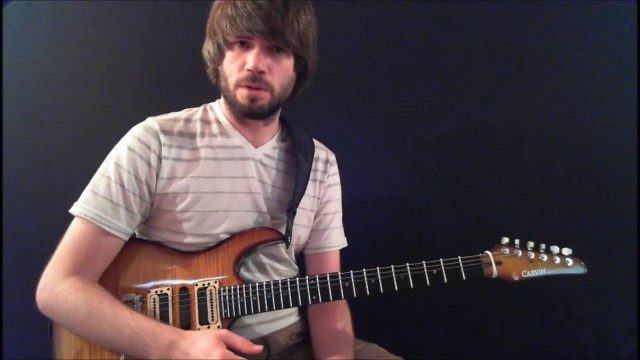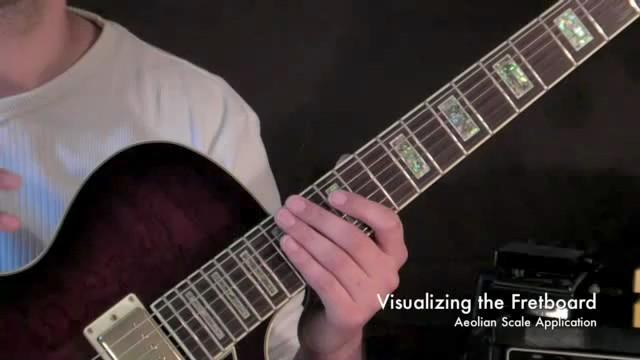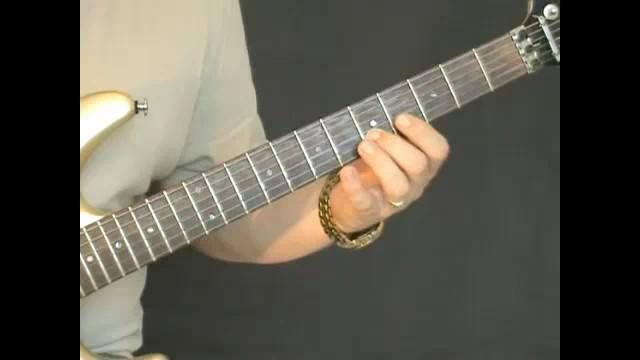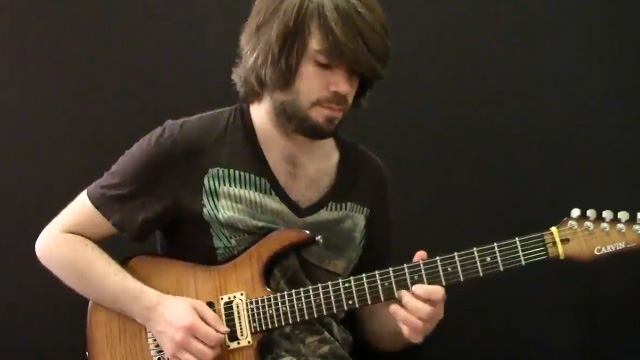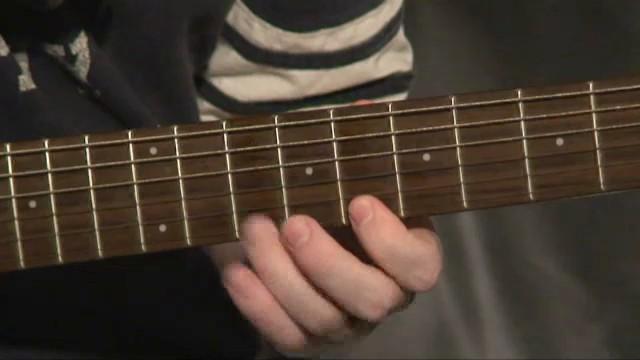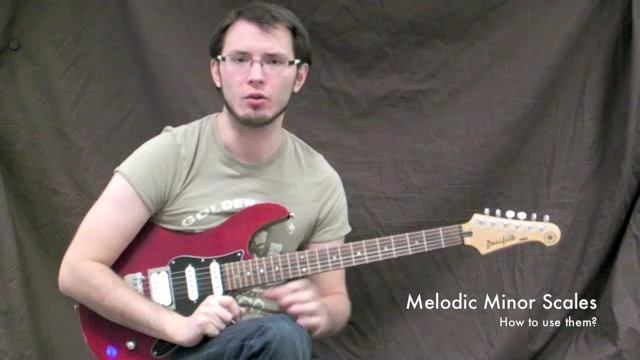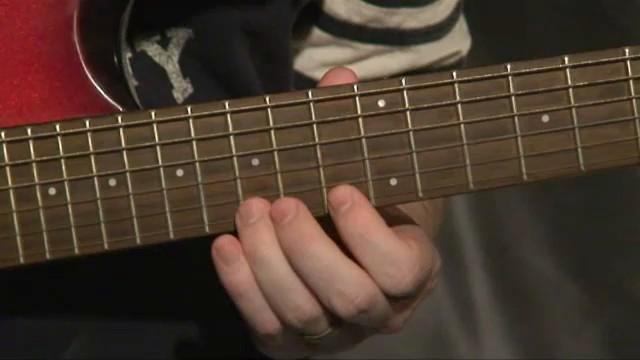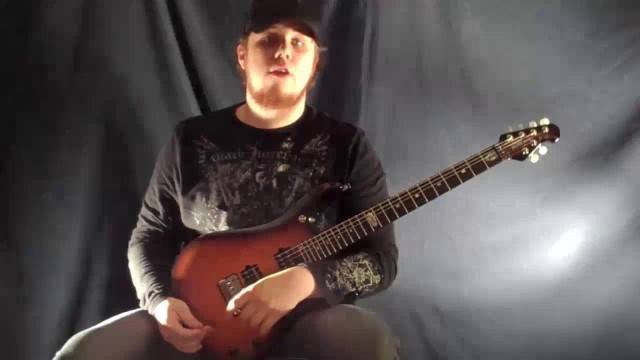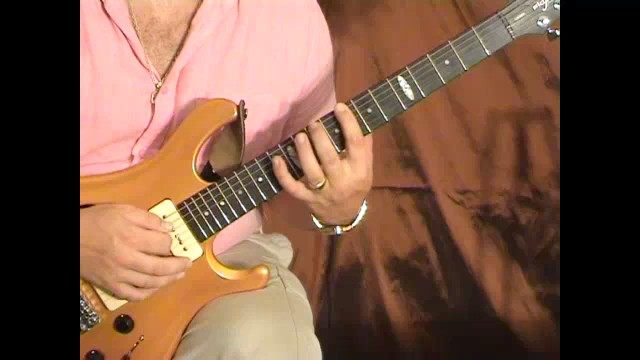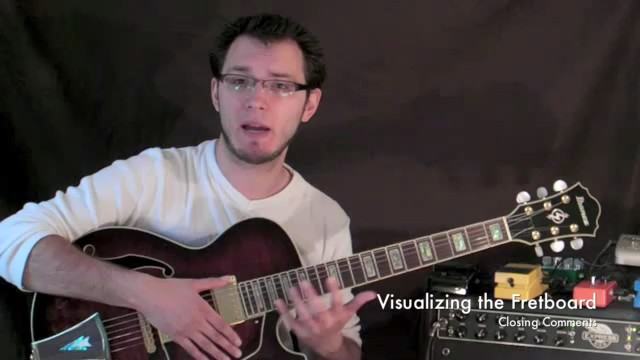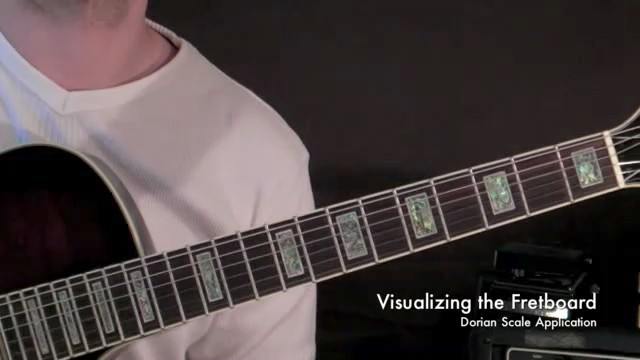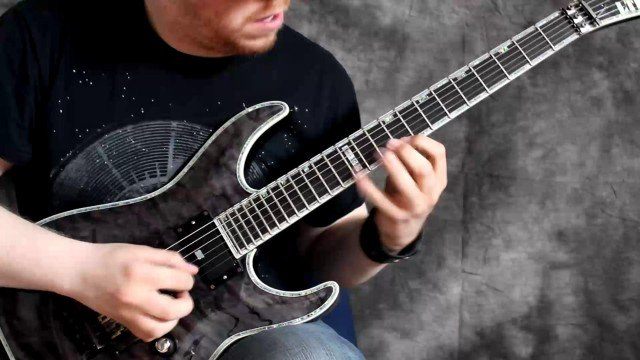How well do you know your Major scale?
Can you play it all over the fretboard? In every key? Do you know where all the voicings of each particular major chord are? Do you know their inversions? Substitutions?
If the answer to all these questions isn't immediately yes, I suggest you consider the following lessons carefully.
To begin with, we will be looking at the good old G major scale, in light of a system I have come to know as the 'CAGED scale system'.
Before I continue though, I should point out that this approach isn't the only way to visualize or understand scale patterns. Nor does it cover all variable finger positions. As you work through the lessons you may find that as a means of memorizing scales, this method doesn't sit well with you. If so, don't stress, there are many others and I will spend time discussing other methods later on.
Anyway, I digress. 'CAGED' as you may guess is referring to the chords C A G E and D. Each of these Major Chords when played with an open voice have a unique shape.
See the chart below for an example of each form. The first line shows an open C major chord. If we move that form or shape up one semitone we have a Db or C# major chord. Up another semitone and we have a D major chord and so forth. This can be applied with all the unique shapes up and down the fretboard to create several voicings of each major chord.
note: The G form isn't a chord shape you need to be able to play up and down the fretboard, it is quite a stretch and not exactly something you will use anywhere other than in an open voicing. Do however practice it as an arpeggio up and down the fretboard to familiarize yourself with its shape.
Understanding this to begin with is essential to understanding the rest of the topic. If it makes perfect sense so far, please continue to the next section. If not, give me a shout in the forums!





